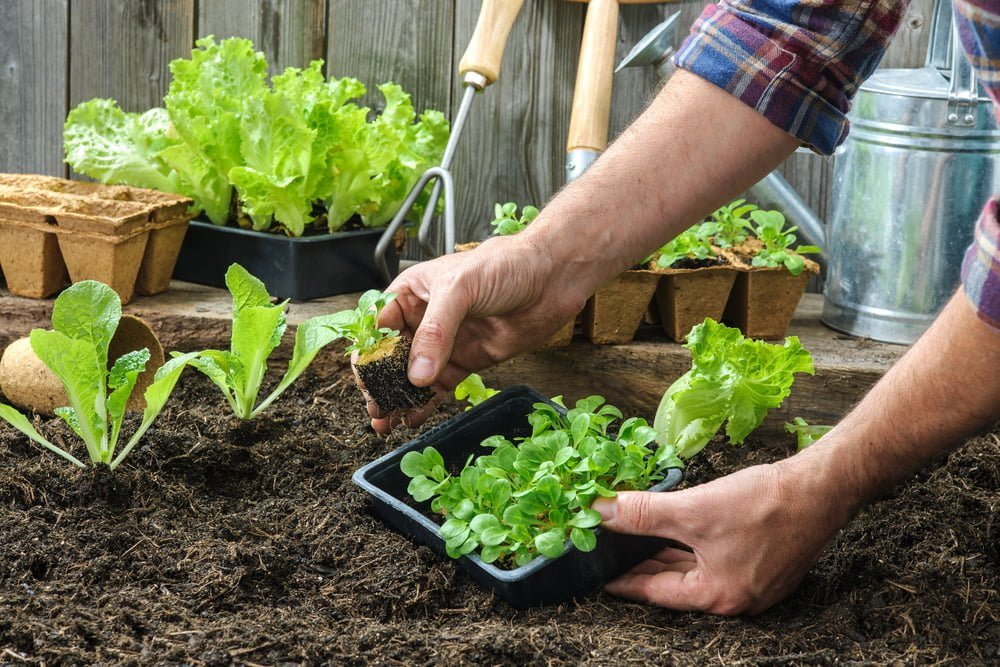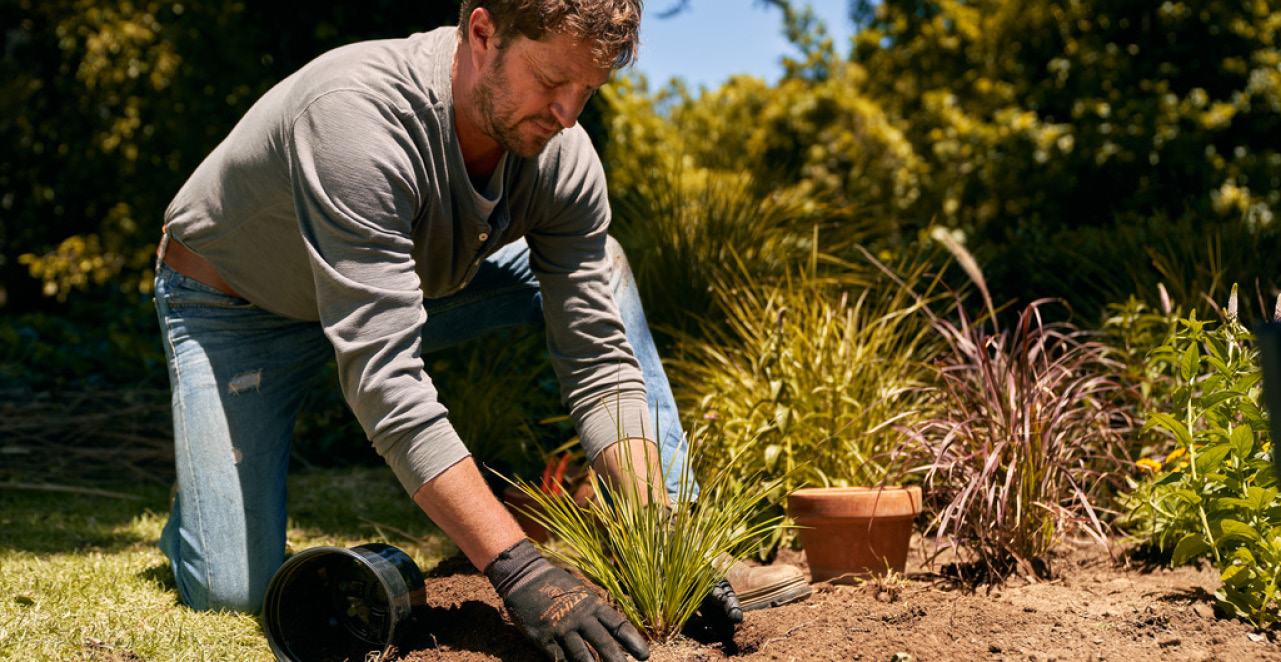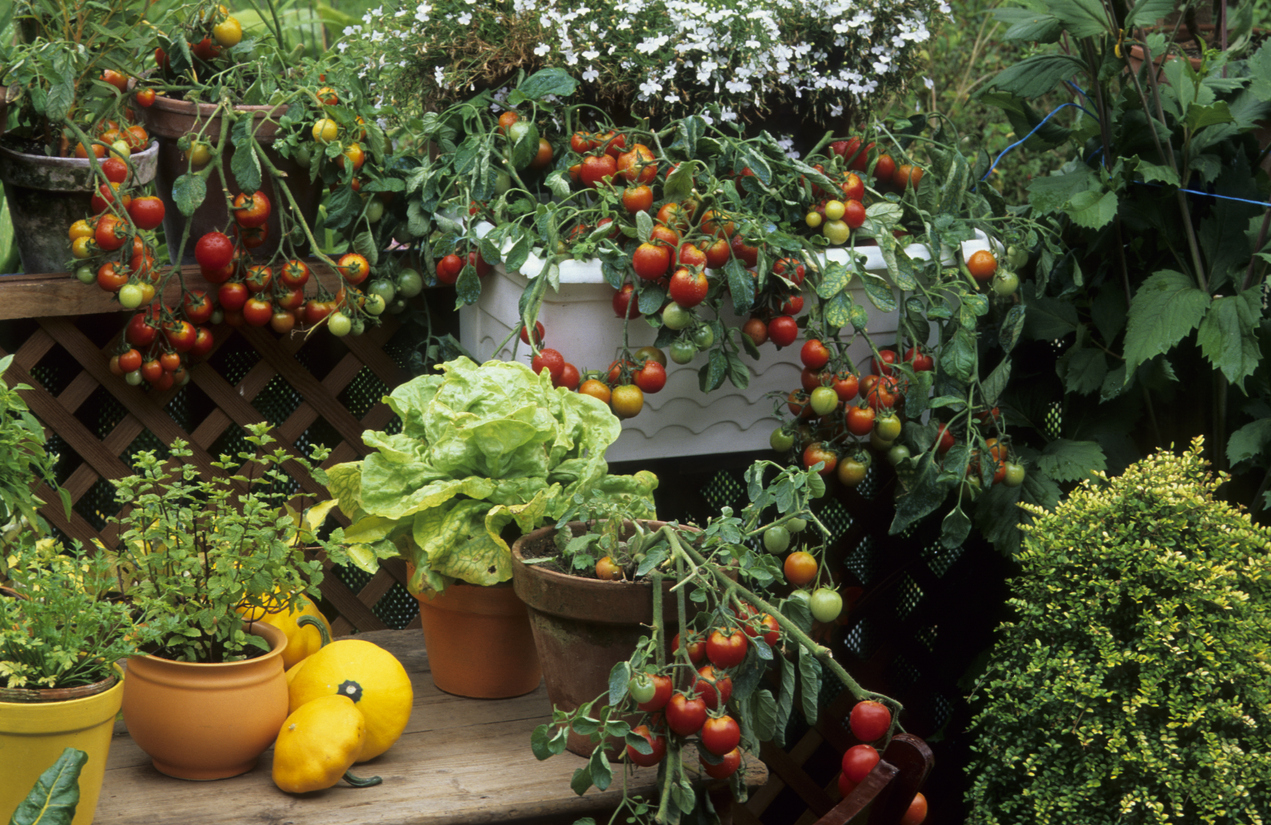A Beginner’s Guide to Sustainable Gardening
Introduction
Sustainable gardening is more than just growing plants—it's about creating a self-sufficient, eco-friendly, and resource-efficient green space that thrives in harmony with nature. Whether you're an experienced gardener or a complete beginner, adopting sustainable practices can transform your garden into a sanctuary that supports biodiversity, conserves resources, and combats climate change.
This comprehensive guide will take you through the principles of sustainable gardening, the benefits it offers, and practical steps to start your journey. With actionable tips and insights, you’ll learn how to cultivate a garden that’s good for you and the planet.
What is Sustainable Gardening?
Sustainable gardening focuses on practices that minimize environmental impact, conserve resources, and promote the health of the ecosystem. The key principles include:
- Reducing waste.
- Using organic and natural resources.
- Supporting biodiversity.
- Conserving water and soil.
- Reducing reliance on chemical fertilizers and pesticides.
By adhering to these principles, sustainable gardening ensures that our green spaces are not only beautiful but also environmentally responsible.
Benefits of Sustainable Gardening
Environmental Impact
- Reduces greenhouse gas emissions.
- Improves air quality by planting more vegetation.
- Helps combat soil erosion and degradation.
Biodiversity Support
- Creates habitats for pollinators, birds, and beneficial insects.
- Encourages a balanced ecosystem.
Resource Conservation
- Minimizes water and energy consumption.
- Promotes the use of renewable materials.
Personal Health
- Provides access to organic, pesticide-free fruits and vegetables.
- Encourages physical activity and mental well-being.
Getting Started: Steps to Sustainable Gardening
1. Plan Your Garden
Site Selection:
Choose a location with ample sunlight, good drainage, and access to water. Observe the area to understand its natural conditions, such as wind patterns and soil type.
Garden Design:
- Use companion planting to maximize space and support plant health.
- Incorporate raised beds or vertical gardens for better space utilization.
- Plan for crop rotation to maintain soil fertility.
2. Build Healthy Soil
Healthy soil is the foundation of sustainable gardening.
Composting:
- Create a compost bin using kitchen scraps, yard waste, and other organic materials.
- Compost enriches the soil, reduces landfill waste, and eliminates the need for chemical fertilizers.
Mulching:
- Apply organic mulch such as straw, leaves, or wood chips to retain moisture, suppress weeds, and regulate soil temperature.
Soil Testing:
- Test the soil pH and nutrient levels to determine the amendments needed.
- Use natural fertilizers like bone meal or blood meal to improve fertility.
3. Use Native Plants
Native plants are well-adapted to local climates and require less maintenance.
Why Native Plants?
- Lower water and fertilizer needs.
- Naturally resistant to local pests and diseases.
- Provide food and shelter for local wildlife.
Examples:
Research the native plants specific to your region for the best results. For example, in arid regions, succulents and drought-tolerant grasses are excellent choices.
4. Conserve Water
Efficient water use is a cornerstone of sustainable gardening.
Rainwater Harvesting:
Install rain barrels to collect and store rainwater for irrigation.
Drip Irrigation:
Use drip irrigation systems to deliver water directly to the roots, minimizing evaporation and runoff.
Water-Wise Practices:
- Water early in the morning or late in the evening to reduce evaporation.
- Group plants with similar water needs together.
5. Promote Biodiversity
Attract Pollinators:
Plant flowering species like lavender, marigolds, and sunflowers to attract bees, butterflies, and other pollinators.
Create Wildlife Habitats:
- Build birdhouses, bat boxes, or insect hotels.
- Leave a small section of your garden wild to provide shelter for wildlife.
Avoid Pesticides:
Use natural pest control methods such as neem oil or introduce beneficial insects like ladybugs to manage pests.
6. Practice Crop Rotation and Companion Planting
Crop Rotation:
Rotate crops yearly to prevent soil nutrient depletion and reduce the risk of pests and diseases.
Companion Planting:
Pair compatible plants to improve growth and repel pests. For example:
- Marigolds repel nematodes and attract beneficial insects.
- Basil enhances the flavor of tomatoes and deters aphids.
7. Grow Your Food
Choose Seasonal Crops:
Focus on growing fruits and vegetables that are in season, as they are easier to maintain and require fewer resources.
Herbs and Edibles:
Start with herbs like basil, mint, or cilantro, which are low-maintenance and useful in the kitchen.
Preserving Harvests:
Learn to store, can, or freeze excess produce to minimize waste.
8. Reduce Chemical Usage
Natural Fertilizers:
Use compost, manure, and biochar instead of synthetic fertilizers.
Organic Pest Control:
- Introduce beneficial insects like ladybugs or praying mantises.
- Use natural repellents like garlic or chili sprays.
9. Embrace Waste Reduction
Recycle and Reuse Materials:
- Use old pots, containers, or crates as planters.
- Repurpose glass jars as mini-greenhouses for seedlings.
Minimize Garden Waste:
- Turn pruned branches into mulch.
- Compost leaves and grass clippings.
10. Share and Learn
Join Gardening Communities:
Participate in local gardening clubs or online forums to exchange tips, seeds, and knowledge.
Educate Others:
Share your journey with friends and neighbors to inspire more people to adopt sustainable gardening practices.
Support Local Organizations:
Collaborate with groups like Prakriti Kalyan Foundation, which promotes environmental sustainability through education and action.
Advanced Tips for Sustainable Gardening
Perennial Gardening:
Plant perennials that return year after year, reducing the need for replanting.Greenhouse Gardening:
Extend the growing season and protect plants from extreme weather using greenhouses.Renewable Energy:
Incorporate solar lights and pumps in your garden setup.
The Future of Gardening
Sustainable gardening is not just a trend—it’s a necessity. As climate challenges grow, gardens that conserve resources and support ecosystems will play a crucial role in maintaining environmental balance.
At Prakriti Kalyan Foundation, we believe that every garden, no matter how small, can contribute to a greener, healthier planet. By adopting these sustainable practices, you not only nurture your plants but also the planet. Join us in creating a world where green spaces thrive in harmony with nature.
Conclusion
Sustainable gardening is a rewarding journey that combines personal satisfaction with environmental stewardship. Whether you’re growing food, flowers, or greenery, every small effort counts toward building a sustainable future. Start your sustainable gardening adventure today and be part of the global movement to protect our planet!
Donate to Prakirti Kalyan Foundation

.png)



.png)

.png)

.png)
.png)
.png)
.png)

0 Comments